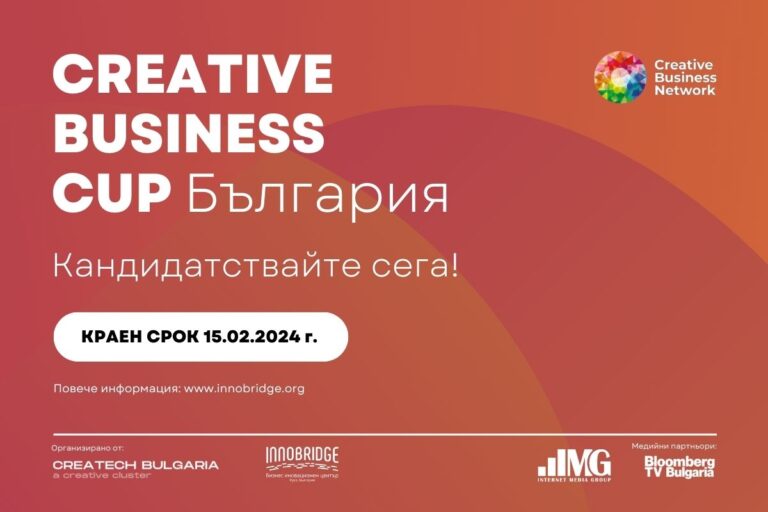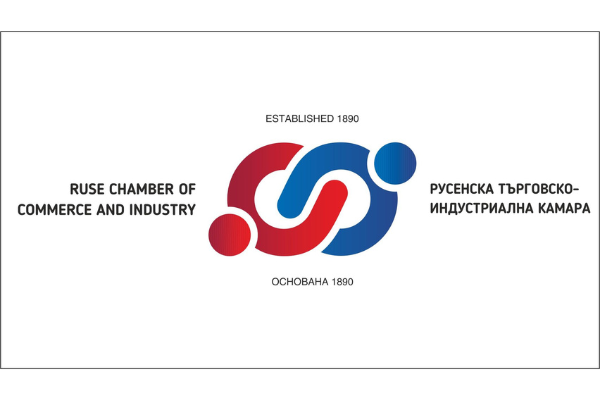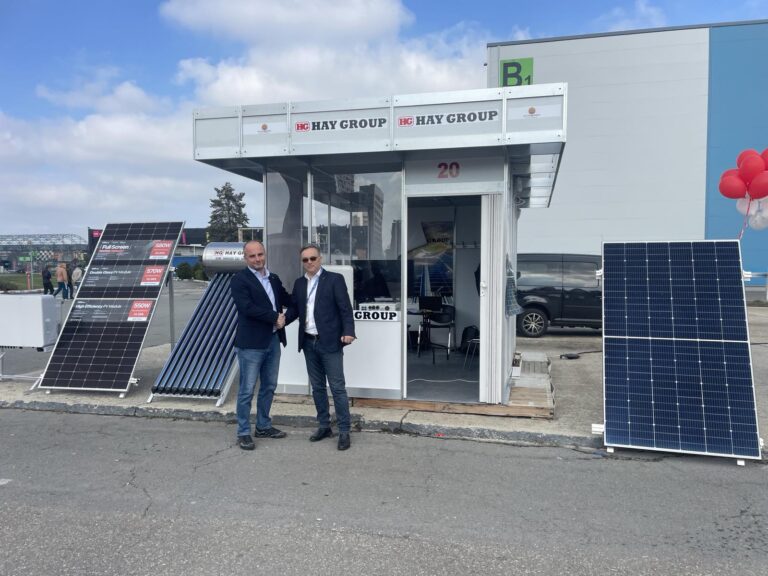Product development: From idea to market, or how the product development process can be optimized
In today's dynamic business world, innovation is a critical success factor. But how does an idea for a new product or service turn into a successful business? The product development process can be complex and full of challenges. In this context, professional counseling appears as a valuable tool to support this process.
The development of a new product or service is a multi-directional process that requires coordinated work between different departments, from marketing and sales to engineering and logistics. Deadlines are critical, resources are limited, and competition never sleeps. That's why it's so important to have a clear plan and strategy, as well as expert opinion that can guide you through this complex sequence of activities. Consulting will not only help you avoid common mistakes, but also optimize your approach to product development, which can be a key factor in your competitiveness.
Phases of product development
Product development phases are sequential steps that serve as a guide from the idea to the actual product on the market. This process is complex and requires an integrated approach involving various aspects such as planning, design, production and marketing. Find out what the key phases are and how consulting can support their successful implementation.
1. Market research
Before starting the process of developing a new product or service, it is extremely important to have a good understanding of the market you are targeting. Use a variety of methods such as surveys, interviews, and competitive analysis to gather valuable information. Don't overlook industry reports, statistics and analysis either, which can give you valuable insights into current trends and consumer preferences.
You may find that there are unmet needs or opportunities for a different approach that could give you a competitive advantage. This stage is fundamental because the success of your new product largely depends on how well it matches market dynamics and consumer expectations.
2. Concept of the idea
In this phase, concretization of abstract ideas into specific features of the upcoming product takes place. This is not just a process of listing functionalities, but an aggregated approach that brings together technical parameters, user utility and strategic expediency. Conceptualizing the idea involves defining the key functionalities the product will offer and how these functionalities will generate value for users.
It is important to analyze not only the individual needs of the user, but also how the product will fit into their wider life circumstances or business processes. In addition, a part of this phase is the identification of potential obstacles or difficulties that can be used as points for optimization or even as unique advantages over competitors.
Finally, the concept of the idea must be in line with the long-term goals and strategy of the organization, so as to ensure the sustainability and profitability of the project in the long term.
3. Prototyping and testing
Once you've conceptualized your product, it's time to move on to creating a working prototype. This stage is critical because this is where the ideas and plans from the previous phases materialize in physical or digital form. The prototype enables the first real interaction with the product and serves to demonstrate its functionality, design and user interface.
Prototyping is important not only for you, but also for all stakeholders, including investors, partners, and of course, end users. This is the time when you can gather initial feedback and make the necessary adjustments before the product reaches the general public. Testing the prototype in front of a limited audience allows you to focus on user satisfaction and functional efficiency.
By monitoring reactions and analyzing the data collected, you can determine whether the product meets expectations, as well as identify possible problem areas that require additional work or rethinking. This stage can include various testing methods, such as A/B tests, focus groups, or user behavior analysis, which can provide valuable guidance for final adjustments to the product before it is launched.
4. Development and production
In this critical phase, engineers and designers team up to turn the prototype into a final product that is ready for mass production. Their task is not only to validate the final design and functional characteristics, but also to make sure that the product can be manufactured efficiently, safely and according to quality standards.
Once all design elements are established, the focus shifts to optimization of manufacturing processes. This often involves selecting suitable materials, testing different technological procedures and interacting with suppliers and manufacturing partners. Also, it is necessary to consider all aspects of value for money so that the product is competitive in the market without compromising on quality or safety.
In the development and production process, final quality tests are also carried out, which must confirm that the product meets all standards and requirements. This stage ends with the release of the product into mass production, taking into account all the received data and feedback from the previous stages. This ensures that the final product will not only satisfy the needs of consumers, but will also be successful in the market.
5. Market launch
After successful testing and finalization of the design and manufacturing processes, it is time to launch the product to the market through the chosen marketing channels. This stage is not simply a matter of putting the product on sale; it requires meticulous planning and coordination with various departments such as sales, marketing and logistics.
The launch is usually supported by a broad marketing campaign, which may include online and offline advertising, promotions, special offers and affiliate programs. An important part of the strategy is the definition of the target audience and the selection of the most suitable marketing channels to reach it.
At the same time, it is also important to prepare internal customer service teams to effectively respond to questions or issues after the product launch. Additionally, data analysis and monitoring of market response are key to determining product success and making possible adjustments to the strategy on the fly.
Market launch is not just the end of the product development process; it is the beginning of its life in the market. It is therefore essential that this stage is carried out with great care and professionalism to ensure the long-term success of the new product.
6. Feedback and Iterations
Initial feedback from users not only provides valuable information about the quality and perception of the product, but also provides an opportunity to make the necessary adjustments. Once the product is launched, gathering feedback through various channels—such as online surveys, social media, or direct feedback—becomes critically important.
The information obtained is analyzed and interpreted to identify potential weaknesses or opportunities for improvement. Depending on this, adjustments can be made to the product itself, the way it is positioned, or even the overall marketing strategy. This may include changes to design, functionality, pricing strategy or marketing materials.
It's important to understand that the process of gathering feedback and making iterations is not a one-time thing. This is an ongoing process that must continue throughout the product's life cycle as market conditions and consumer preferences change. This approach not only helps maintain a competitive advantage, but also increases the chances that the product will remain successful in the long term.
The role of consultations
Consulting plays a key role in the success of the product development process, providing specialized knowledge and skills that enrich and accelerate each phase from idea to market launch. Working with professional consultants can be varied and multifaceted, depending on the unique needs and conditions of your project.
- Strategic planning: In setting goals and key performance indicators (KPIs), consultants not only help define clear and measurable goals, but also offer methods for monitoring and analysis. They can help understand consumer needs and suggest strategies for more effective market positioning.
- Marketing and branding: In the field of marketing and branding, consultants often offer innovative and creative solutions to attract and retain customers. This can include everything from choosing a target audience to creating powerful marketing campaigns that ensure high visibility and brand recognition.
- Resource optimization: Resource optimization is another aspect where consultants can bring significant value. Through detailed planning of budget, time and human resources, they help to efficiently allocate resources and minimize risks.
- Technological solutions: When it comes to technology solutions, consultants are able to make a precise analysis of available technologies and recommend those that best suit the needs of the project. They can offer the most effective tools for development, production and even monitoring after the product is launched on the market.
In general, consultants offer not only specialized knowledge and experience, but also an outside, objective view that can be essential to the success of your product.
Conclusion
In conclusion, product development is a complex and multifaceted process that requires careful planning, execution and analysis. Professional consultants can be indispensable partners every step of the way, adding value through their specialized knowledge and experience. In addition, they provide an outside, objective view that can contribute to the long-term success of the product.
In this context, the Rousse Chamber of Commerce and Industry offers a wide range of consulting services aimed at the needs of small and medium-sized enterprises. We can help not only with strategic planning and optimization of resources, but also with specific marketing solutions. Whether you need expert help creating a powerful marketing campaign or recommendations for a trusted subcontractor, our team can provide you with the support and guidance you need to successfully turn your idea into a real, profitable product.






